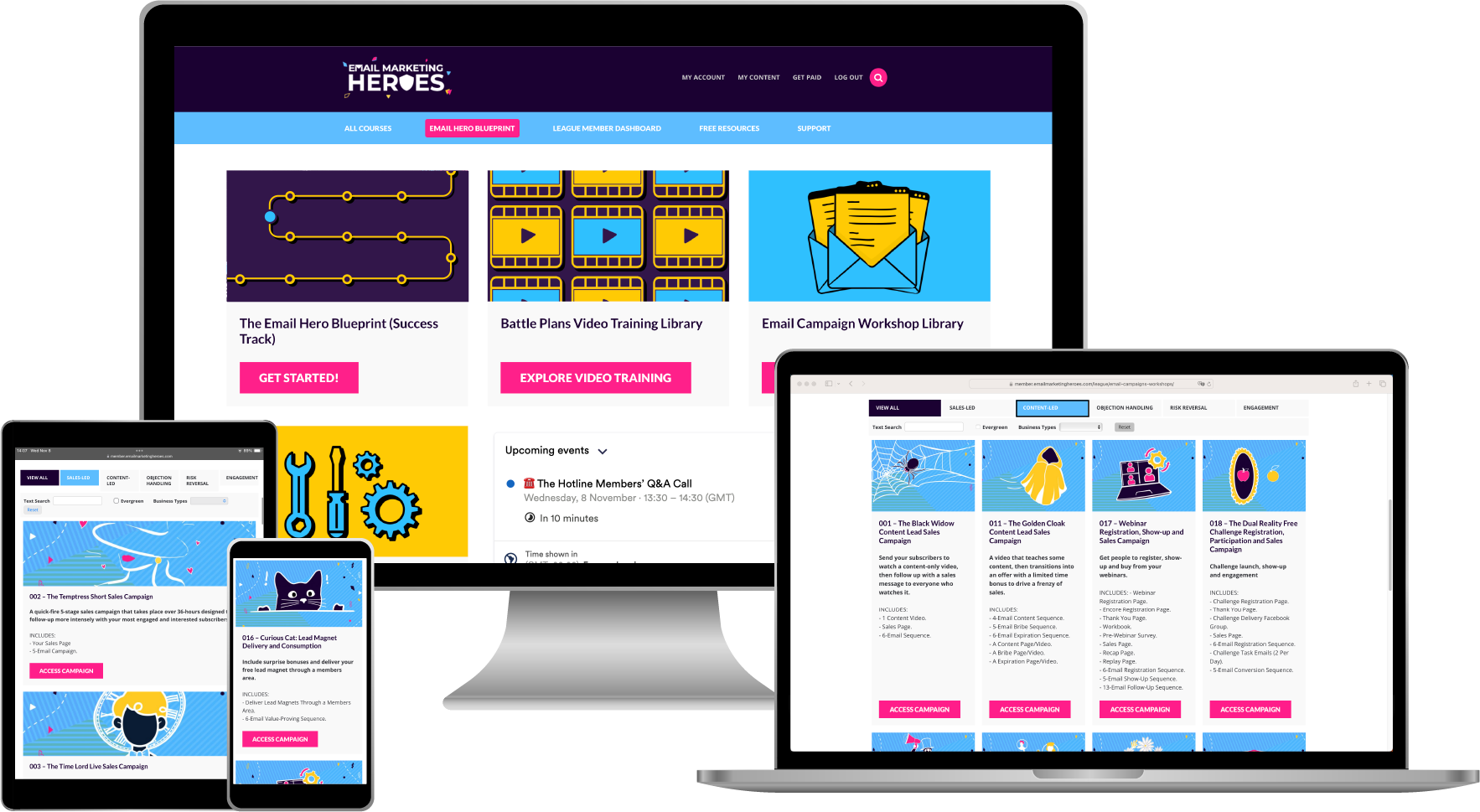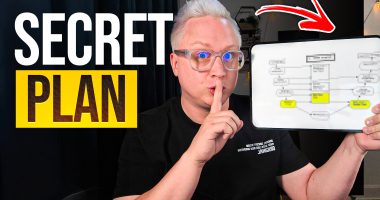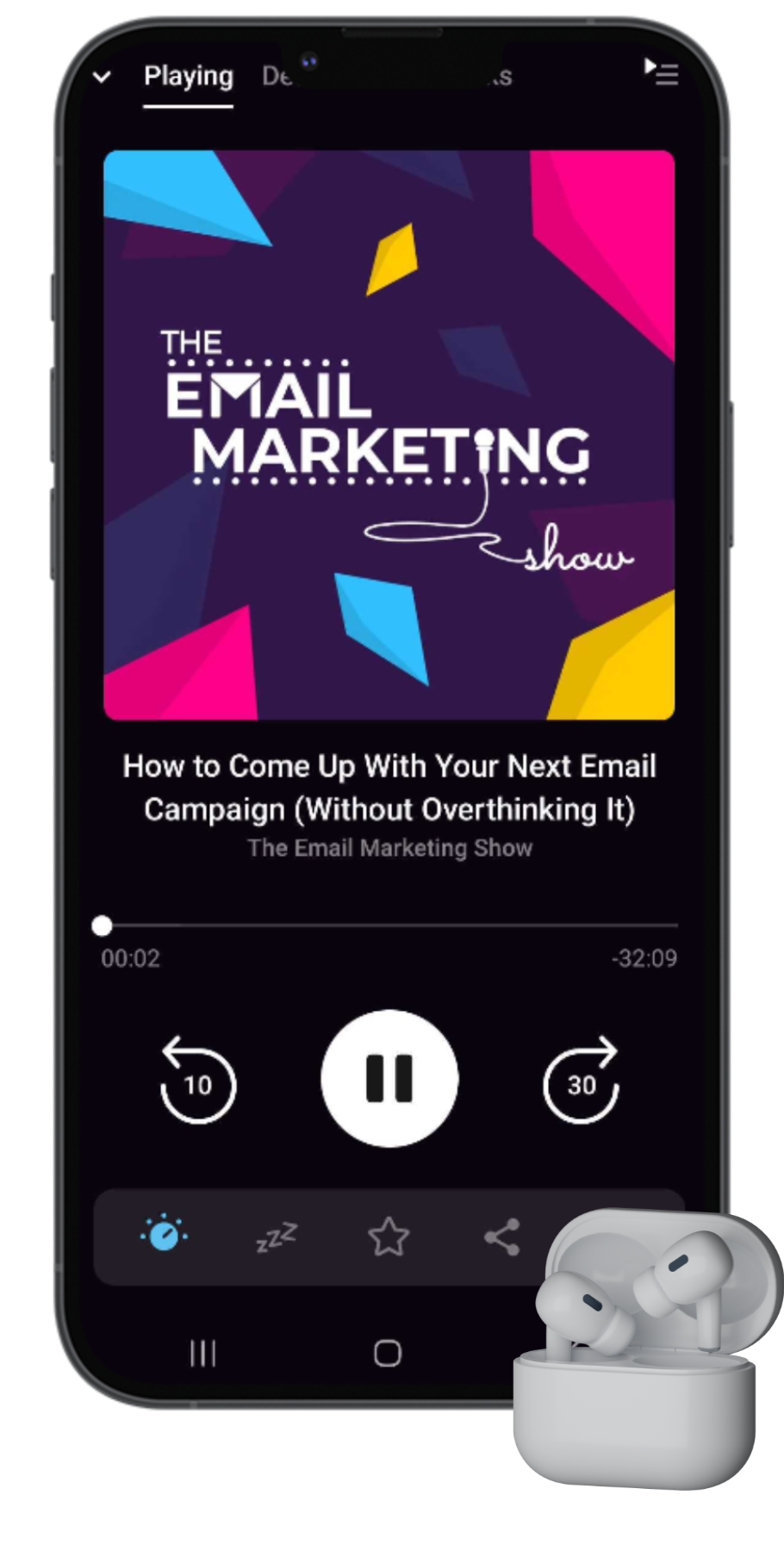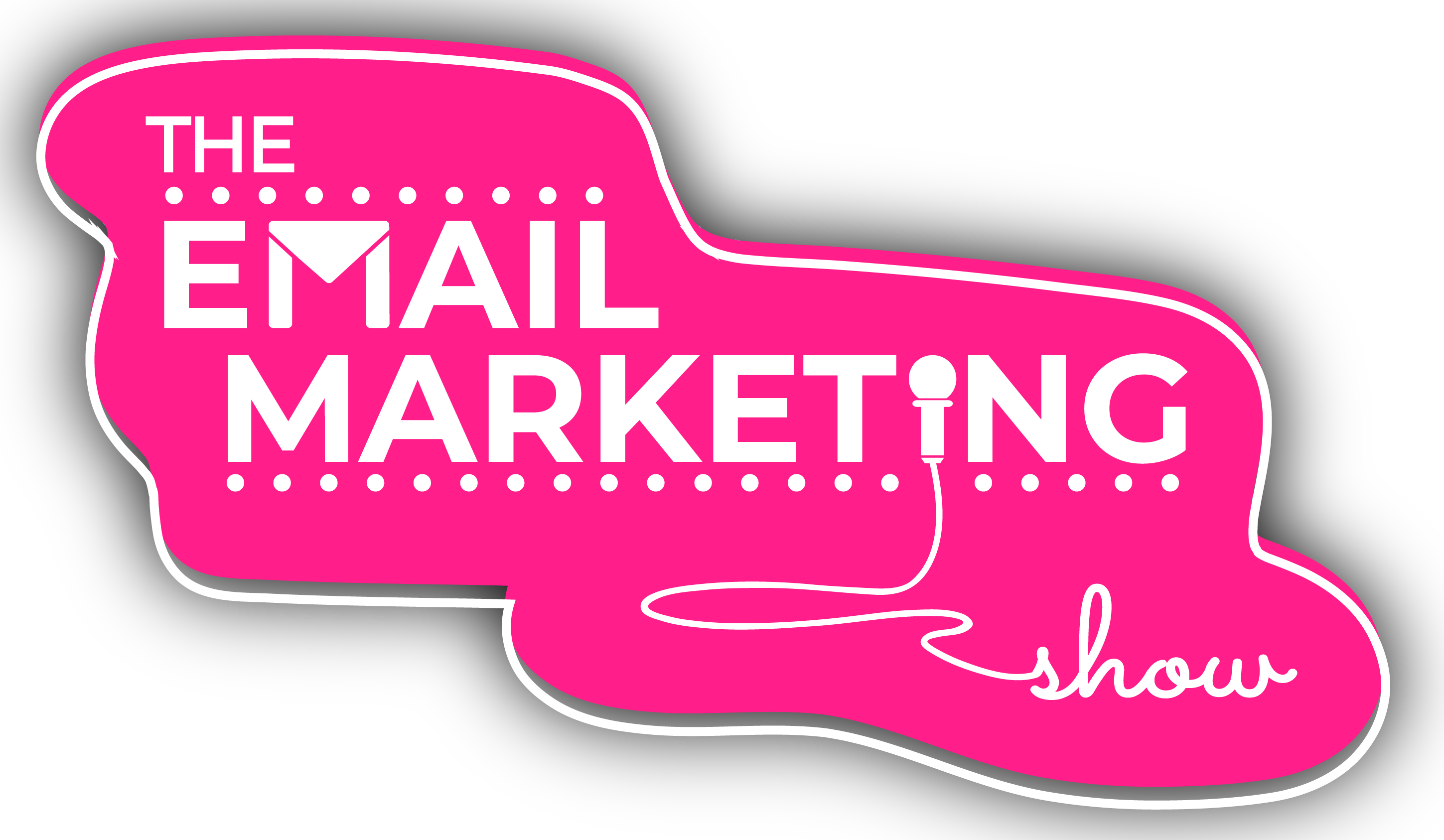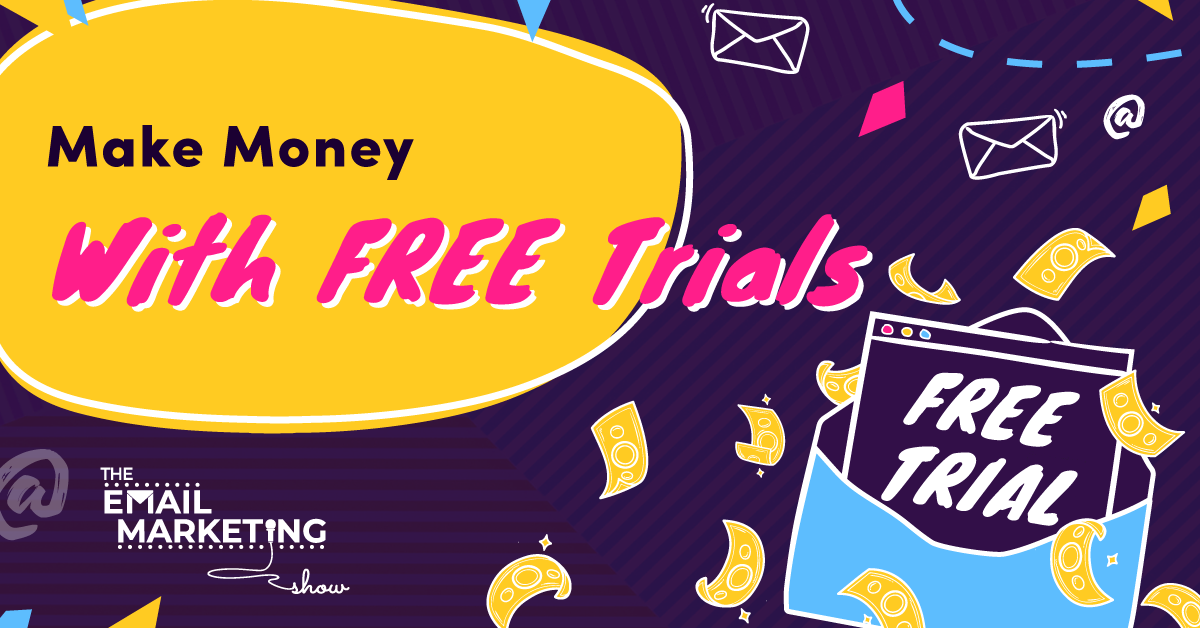
Use THIS Free-Trial Email Sequence To Turn Your Subscribers Into Paying Customers
Do you run free trials for your membership, course, or product? If you want to know if a trial offer is a good idea and want to get your hands on a free-trial email sequence for your business, here are some of the strategies we use to sell our own membership, The League.
And there's some really juicy stuff in here! Ready?
SOME EPISODE HIGHLIGHTS: (0:20) Join our FREE Facebook Group. (5:00) Should you run a free trial? (8:29) Trials help with risk reversal. (11:37) A trial isn't a discount! (14:28) Should you give full or limited access? (17:38) Do you need a free-trial email campaign? (21:14) The elements to include in your free-trial email campaign. (25:54) To bill or not to bill? (28:44) Free-trial email sequence key elements. (32:13) Subject line of the week.
Should you run a free trial?
If you have a membership, getting people into it is probably your main focus. And trials can definitely help with that. They are exciting, and any type of trial (free or paid) will get more people into your membership.
The problem with a free trial is that many of those who join might leave afterwards. And that's because they haven't invested or overcome any sort of barrier to be there. So they're not likely to start doing the work. And without that, they can't get any results, which means there's no value for them in staying after the end of the trial.
But when people invest in your membership, they'll do the work. The fact they paid money to join shows commitment because people won't want to lose the money they invested.
Trials help with risk reversal
One of the big pros of running a trial is that it acts as a risk reversal strategy. In our SCORE email engine, the R stands for Risk Reversal. (And if you're wondering, the whole acronym stands for Sales, Content, Objection Handling, Risk Reversal, and Engagement). How does a trial take care of the risk reversal element?
There are different ways of running a trial and lots of possibilities and combinations that go from a free trial to charging the full price of the membership. In other words, you could charge someone any amount you decide for them to join for 2 days, a week, a month, or however long you want.
A trial allows people to try out the membership at a lower risk (or no risk). And how much you charge may have an impact on retention (i.e. whether people stay at the end of the trial). So you may need to play around with the duration and the price of the trial to understand what works for your business.
And another decision you may want to make is around whether you give people full or limited access to your membership. The key is to find the combination that gives you the most money. If your trial is priced higher than free or $1, you're going to get fewer people signing up. But at least you get some money in your pockets. If you charge $1 or run the trial for free, then obviously you're not making much money in the process.
We suggest you work out how much someone is worth to you over the lifetime of that person being a customer. And if that’s hard to calculate, try to work out on average how much someone is worth to you over a year. Look at the gross number per person.
A trial isn't a discount!
In our business, we currently have a $1 trial. But we've also tested offering a full-month trial as well as a 14-day trial. The idea is that you could run a trial and give access for however long you choose. What's important is the way you frame it. You want to make sure people understand they're joining for $1, for example, and that gives them access for X amount of time. But after that, they will continue staying members.
Membership site owners are often reluctant to run trials because they don't want to offer discounts. But a trial isn't a discount! It's a strategy to reduce risk to help people understand whether your membership is the right choice for them. Will it work for them? Will they like it? And will they get results? By offering a low-risk trial, you help them answer these questions.
So when you encourage people to take the trial, you need to use language that doesn't suggest that they'll take the trial and leave. What you do instead is to ask them to join the membership for $1 for the first month, for example, and then stay on at the full price. It sounds like the language of a discount, but the emotional trigger that makes people jump on the offer is risk reduction.
Should you give full or limited access?
When running trials, you also want to think about what type of access to your membership you'll give people. What we do, for example, is an access-all-areas trial for $1 for 14 days. This means we allow people to get into entire membership for 14 days for $1. It means they can join, access, implement, and run our campaigns or use our Automate Hero tools and make money during that period of time for $1. And to us, that's great. Because people who get results will want to stick around.
The alternative is to run a limited-access trial. This is where you give people access to some of your content for $1 for a certain period of time. It could be that they can only consume pre-recorded content, but not the live calls, for example. Or the other way around.
Another type of trial we love and run a few times a year is the Open Day. This is where someone comes along for free but with limited access. People get to attend one live group coaching call inside our membership The League and see what it's like.
Do you need a free-trial email campaign?
A key point to consider when running a trial is whether people should go through your standard onboarding process or whether you want a separate one that's designed to convert people so they sign up at the full price.
And the answer to this question can vary. Because the job of the onboarding sequence is to get people to remain members after the trial. But if people join on a trial, you want them to understand that the membership is worth its full price. Obviously, people who sign up at the full price have already realised that your membership is worth it. But those who came in via the trial may not.
So consider this – how much selling did you do upfront? Did you sell the value of the membership upfront and before people signed up for the trial? If you have, then you should be able to put people on the same onboarding sequence that you use for your new (paying) members.
Where our trial offer sits in our email engine
For example, our risk reversal offer doesn't sit on the front end – it's something we offer down the line. We do this to maximise profitability by selling the membership to those people who are ready and willing to buy at full price first. And then, at some point, we make our risk reversal offer. But by then, we've already sold the value of our membership.
The advantage of presenting our trial offer in that way is also to ensure we have enough things to email people about. For a period of time, day in and day out in our emails, we use loads of different angles to try and sell our membership. And when we eventually offer a trial, we do it with some urgency and for a limited period of time.
That's why we use the same onboarding sequence. Because by the time we offer the trial, people have been through a full sales campaign, our content-led campaign, and an objection-handling campaign.
But if you're leading with the trial offer (and haven't sold the full value of the membership upfront), then you may need a different onboarding to clarfy that the product is worth a lot more. And if everyone joins your membership via a trial, then the trial email sequence is the only onboarding you'll ever need!
The key is to find the balance between reselling people and making sure you deliver a valuable onboarding experience.

The Top 10 Books To 'Power Up' Your Email Marketing
10 book recommendations that will improve all areas of your email marketing (including some underground treasures that we stumbled upon which have been game-changing for us).
What to include in your free-trial email campaign
Regardless of what type of trial you’re running, what should your email campaign look like?
Create FOMO
The first thing you want a free-trial campaign to do is to create a specific type of FOMO – the idea that they’re not in the in-crowd. For example, in our free-trial sequence, we use the same language we use inside our membership.
We don't do it in a pushing or jarring way – it's very inclusive. But we might talk about our Interrogator campaign, for example, and you'd only know what that is if you're in our world because that's the terminology we created for ourselves and our clients.
Sell the outcome of the trial
Another thing you can do in your free-trial email campaign is to stack up the return on investment (or the emotional result or overall outcome) that people get during the trial. In this campaign, you're no longer selling the membership – you're telling people what can happen during the trial.
We do this by sharing case studies of some of the action-takers within our community who come in, launch a campaign, and make the equivalent of 3 years' worth of our membership in a few days. So sell the outcome of the trial.
Make your trial a limited-time offer
Then tell people there's a limited time to take the offer. This is another reason why we don't make our trial offer on the front end. Because it would be hard to close it down. Instead, as we already explained, we make this offer somewhere down the line and use our Countdown Hero software to let people know they have limited time to take it.
This is important because people are clinical and jaded and wonder why you're doing something. If you're ever going to offer a discount, there needs to be a good reason for it. Our reason is always honest – we tell people they can join for $1, make a whole bunch of money, and then want to hang around forever. They'll want to buy all our stuff and become raving fans.
In fact, we often offer the $1 trial as an upsell for people who bought something else from us. So it's important you always wrap your offer around a reason – it doesn't have to be a hugely good reason, as long as you give one.
To bill or not to bill?
Another decision you have to make when you run a trial is whether you want to automatically renew the membership (and bill people) as soon as the trial ends. If you're going to re-bill someone, you have to be crystal clear (not just upfront but overt) about the fact you're doing that.
So, for example, we say that our membership will cost $1 for the first 14 days and then we'll bill your card for the full amount after that, and the membership will automatically continue. You don't have to do anything but can obviously cancel at any time.
We're completely upfront and fair about this, so no one can feel like they’ve been misled or scammed. What you don't want is to bury this in the small print somewhere in some obscure piece of copy where it can be overlooked. You don't want anyone to have any nasty surprises because that would put you in a sticky situation. That's why we also put the information on the shopping cart. We want people to be crystal clear on what's going to happen when they give us their credit card information.
And of course, the reason why we re-bill automatically is because it increases our conversion for the trial. If you don't do this, conversions are going to be very low. And not necessarily because people don't want to be in your membership, but because they don't get around to renewing when the time comes. The job of the trial is to make it easy and convenient for them.
If you don't re-bill, you can send email reminders before the trial is over to tell people they're not in a contract with you and if they want to stay, they'll need to sign up and pay. But conversion will be a lot lower than with automatic re-billing.
Our Open Day trial
We also run another type of trial where we allow people to come in for a day. For this type of trial, we don't ask for credit card information. It's absolutely free, and we do this because it reduces friction and increases the number of people who enrol by just providing their name and email address.
Inside our membership The League, we share a great Open Day email sequence, which is designed to convert people who attend this type of trial.
Free-trial email sequence key elements
So when you put together an email campaign for a free trial (or a paid trial), remember to tell people what they're going to get during this period. Sell the outcome! If you're only selling the trial at this point and not the whole membership, then introduce urgency. Also, share some kind of reason why you're offering a trial. And remember to share case studies!
Another point worth remembering is that while you may be tempted to just send one email about the trial and then move on, you should create a whole campaign out of it. This is one of the key strategies in our business and teaching. You want to take everything you’d normally put in one email and make it into a sequence.
If you want to get your hands on the campaigns that we have to do this and apply this idea of risk reversal, you can grab them inside our membership The League. You'll find our Splinter campaign and our Open Day campaign in there too.
Subject line of the week
This week’s subject line is “Do this on your NEXT launch…”. This email was about us sharing the fact we were doing a live Zoom call to talk about a marketing strategy we use for scarcity.
This subject line works well for two reasons. First of all, we were driving people's attention to something other than what we normally do. Most of our emails are about The League, but this one was totally different. And also, the subject line has a specific tactic-sounding ring to it – something you can do on your next launch. And people love a tactical tip. So check it out!
Useful Episode Resources
Related episodes
How to Create Urgency For an Evergreen Membership or Course Without Product Launches.
How To Get Your Customers To Buy Using Buyer Psychology In Email Marketing.
6 Things You Didn’t Know Your Email Marketing Platform Could Do.
FREE list to improve your email marketing
If you want to write better emails, come up with better content, and move your readers to click and buy, here's how. We put together this list of our Top 10 most highly recommended books that will improve all areas of your email marketing (including some underground treasures that we happened upon, which have been game-changing for us). Grab your FREE list here.
Join our FREE Facebook group
If you want to chat about how you can maximise the value of your email list and make more money from every subscriber, we can help! We know your business is different, so come and hang out in our FREE Facebook group, the Email Marketing Show Community for Course Creators and Coaches. We share a lot of training and resources, and you can talk about what you're up to.
Try ResponseSuite for $1
This week's episode is sponsored by ResponseSuite.com, the survey quiz and application form tool that we created specifically for small businesses like you to integrate with your marketing systems to segment your subscribers and make more sales. Try it out for 14 days for just $1.
Join The League Membership
Not sick of us yet? Every day we hang out in our amazing community of Email Marketing Heroes. We share all of our training and campaigns and a whole bunch of other stuff. If you're looking to learn how to use psychology-driven marketing to level up your email campaigns, come and check out The League Membership. It's the number one place to hang out and grow your email marketing. Best news yet? You can apply everything we talk about in this show.
Subscribe and review The Email Marketing Show podcast
Thanks so much for tuning into the podcast! If you enjoyed this episode (all about how to create the perfect free-trial email sequence for your email marketing) and love the show, we'd really appreciate you subscribing and leaving us a review of the show on your favourite podcast player.
Not only does it let us know you're out there listening, but your feedback helps us to keep creating the most useful episodes so more awesome people like you can discover the podcast.
And please do tell us! If you don't spend time on email marketing, what do you really fill your working days with? We'd love to know!

